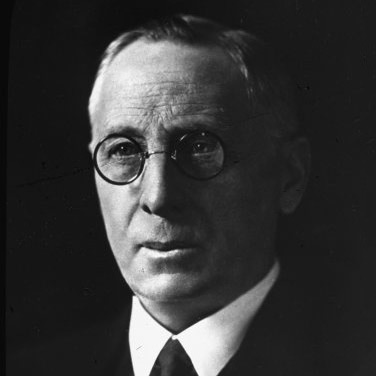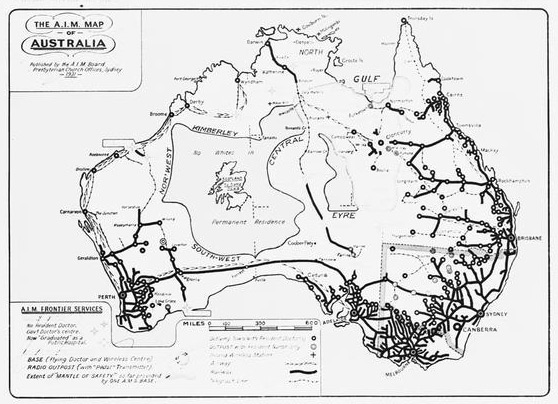John Flynn
John Flynn was born on 25 November 1880 in the goldmining village of Moliagul, Victoria. Following the tragic death of his mother when he was two, he moved to Sydney were he lived with his aunt. At the age of five, he was reunited with his family at Snake Gully, near Ballarat.
The Flynn family later moved to Sunshine in Melbourne's western suburbs where his father had taken a position as school principal. At Braybrook School, Flynn was a conscientious student who enjoyed geography and poetry and was fascinated in the romantic tales about Australia's vast outback.
When he finished high school, Flynn trained as a teacher and worked for four years before committing to religious studies. As a lay pastor, he travelled with the Presbyterian missionaries to remote settlements in Victoria and experienced first hand the desperate and dangerous plight of the inland pioneers. With the aim of becoming a qualified minister, Flynn furthered his religious training at Ormond College at the University of Melbourne.
During his studies, Flynn continued his missionary work in Victoria and South Australia, where he learned a great deal about survival in the outback. In 1909, after gathering together his most useful notes, Flynn published The Bushman’s Companion, a practical, saddlebag-sized book that offered first aid advice, hymns and prayers to the isolated inlanders. The book was an immediate success, with the first edition of 6000 copies selling out soon after its release.
Following his ordination as a Minister of the Presbyterian Church on 24 January 1911, Flynn undertook a journey through central Australia and the Northern Territory with the express aim of producing a report on the living conditions of outback settlers. A keen photographer, Flynn also included images and maps that illustrated the need for better medical services in the outback. The Presbyterian Assembly were impressed by what they saw and supported Flynn’s plans for what would soon become known as the ‘Australian Inland Mission’.
If you start something worthwhile - nothing can stop it
The Australian Inland Mission provided a much-needed ‘mantle of safety’ for outback communities through the dedicated work of ministers, nurses and volunteers. As superintendent, Flynn worked tirelessly to develop support for his projects and was well-known for his lively fundraising presentations. Over the seventeen years that Flynn led the AIM, he would oversee the advancement of transport and communication technologies that would forever transform the lives of those living in Australia’s remote areas.
From the very beginning, Flynn envisaged a medical service assisted by flight. With the aim of easing the isolation of those living in an area of over three million square kilometres, he always believed it was just a matter of time before aerial transport would work to close the vast inland distances.
Hudson Fysh was an aviator and founder of Qantas airways. He encouraged Flynn to pursue his vision and offered valuable technical support in the development of aerial medical services.
‘Flynn the Dreamer … who saw a vision of a Flying Doctor well before the days of practical flying, but kept it firmly fixed in his mind'
In 1928, Flynn achieved his long-term vision of providing aerial medical care with the launch of the first flight of the Aerial Medical Service from Cloncurry, Queensland. The Aerial Medical Service was renamed the Flying Doctor Service of Australia in 1942, with 'Royal' added to the title in 1954.
Flynn extensively photographed the early work of the AIM. His images are included in the collection of over 4,400 images donated to the National Library of Australia in 1977.
With the invention of the pedal radio in 1929 by Alfred Traeger, Flynn further advanced medical care in remote areas through two-way radio transmission. This development in communication also paved the way for the creation of the 'School of the Air', whose first broadcasts were made from the Royal Flying Doctor Base in Alice Springs in 1951. Throughout the bush, the pedal radio soon came to be known as the "Traeger".
John Flynn died in Sydney in 1951. His ashes were spread at the foot of Mt Gillen in the Northern Territory, as he had requested. At his burial ceremony, his friend and former padre, Kingsley Partridge, spoke of his relationship with the people of the outback, 'Across the lonely places of the land he planted kindness, and from the hearts of those who call those places home, he gathered love'. In the true spirit of ‘Flynn of the Inland’, the ceremony was broadcast to remote communities across Australia through the Flying Doctor’s network.



